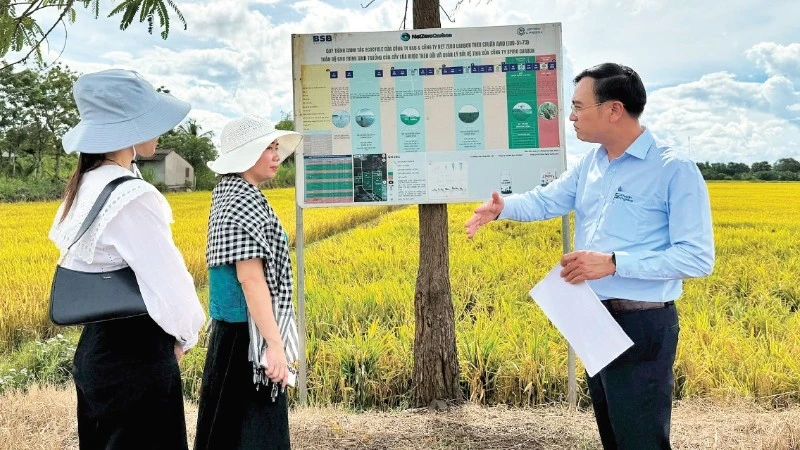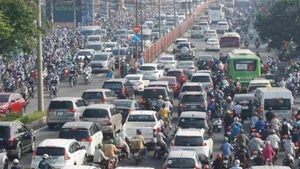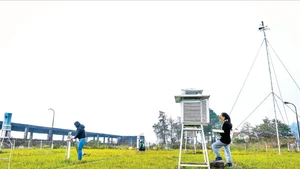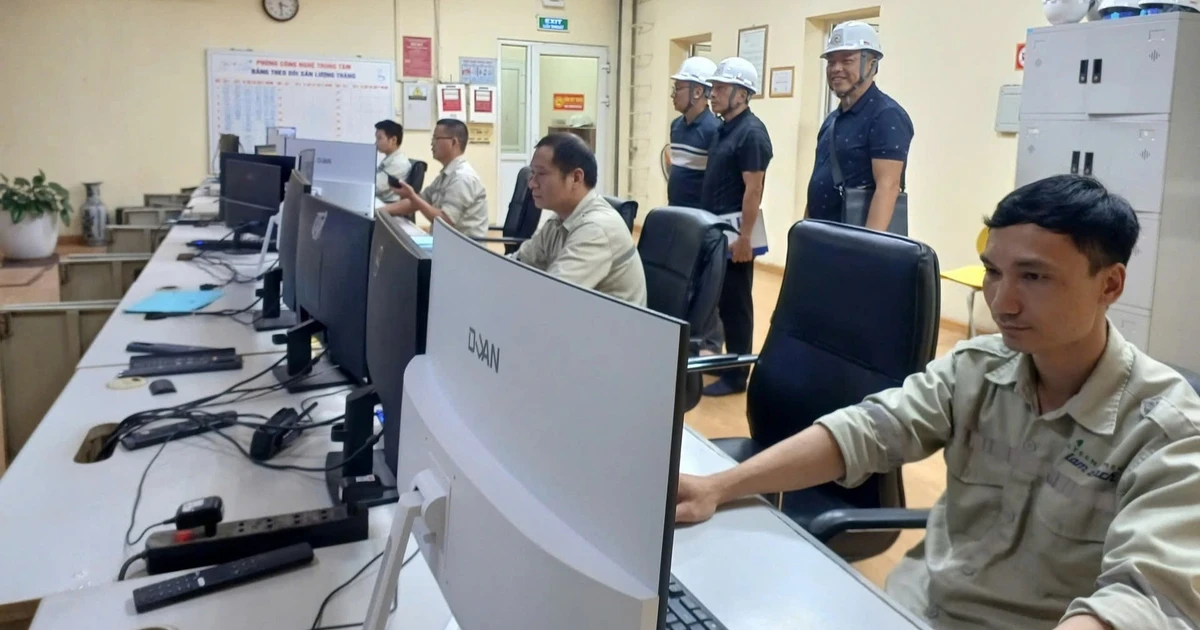According to the Ho Chi Minh City Department of Construction, the two projects are expected to require land acquisition from more than 1,800 households, with a total investment of over 16.6 trillion VND.
Specifically, the Ba Lon Canal, stretching from the Doi Canal to the Ba Lao Canal, will be fully dredged and have nearly 10km of embankments constructed. A new road will also be built, stretching nearly one kilometre long and 12–18 metres wide. In addition, the 60m-long Ba Lon 2 Bridge over National Highway 50 will be constructed. The total investment will be around 9.228 trillion VND, mostly for compensation and resettlement (over 6.6 trillion VND). Construction costs will be about 2 trillion VND, with the remainder to cover contingency, consultancy, and management.
The Ba Lon Canal is also one of seven drainage axes under the master plan for flood control in Ho Chi Minh City, serving as a key waterway channelling water from the central area to the south of the city via the Doi Canal.
The project on dredging, environmental improvement, and urban redevelopment of the Ong Be Canal drainage axis (in Chanh Hung Ward and Binh Hung Commune) will receive a total investment of more than 7.434 trillion VND.
The project comprises major components including dredging approximately 4.2km of the Ong Be Canal; constructing 5.6km of embankments; and developing a new planned measuring road 12–16 metres wide and more than 2.4km long. Along the embankments, technical infrastructure will be synchronously developed, including pavement, railings, drainage systems, access piers, trees, and lighting.
To implement the project, the city expects to acquire land from 1,425 households in Chanh Hung Ward.
Upon completion, the two projects will support water retention and drainage for the southern part of Sai Gon as well as strengthen the drainage capacity and reduce flooding across an area of 470 hectares, while also improving the environment, upgrading urban spaces along the canals, creating ecological corridors, and generating momentum for socio-economic development in southern Ho Chi Minh City.
These two projects will also help to enhance water drainage for the Doi Canal and are to coordinate with the project on “Addressing tidal flooding in Ho Chi Minh City with consideration of climate change – phase 1”, which has a total investment of nearly 10 trillion VND to reduce flooding in the city centre.
In recent years, Ho Chi Minh City has implemented numerous projects to improve and build infrastructure along canals to reduce pollution, prevent flooding, and upgrade urban landscapes. Several major works are currently underway, such as the Tham Luong–Ben Cat–Rach Nuoc Len Canal project (with an investment of more than 9 trillion VND), the Xuyen Tam Canal project (over 17 trillion VND), and the northern embankment of the Doi Canal (more than 7.3 trillion VND).
According to the socio-economic development orientation for Ho Chi Minh City for 2026–2030, the city aims to complete the relocation of 50% of houses built on or adjacent to canals, equivalent to around 20,000 homes.
















